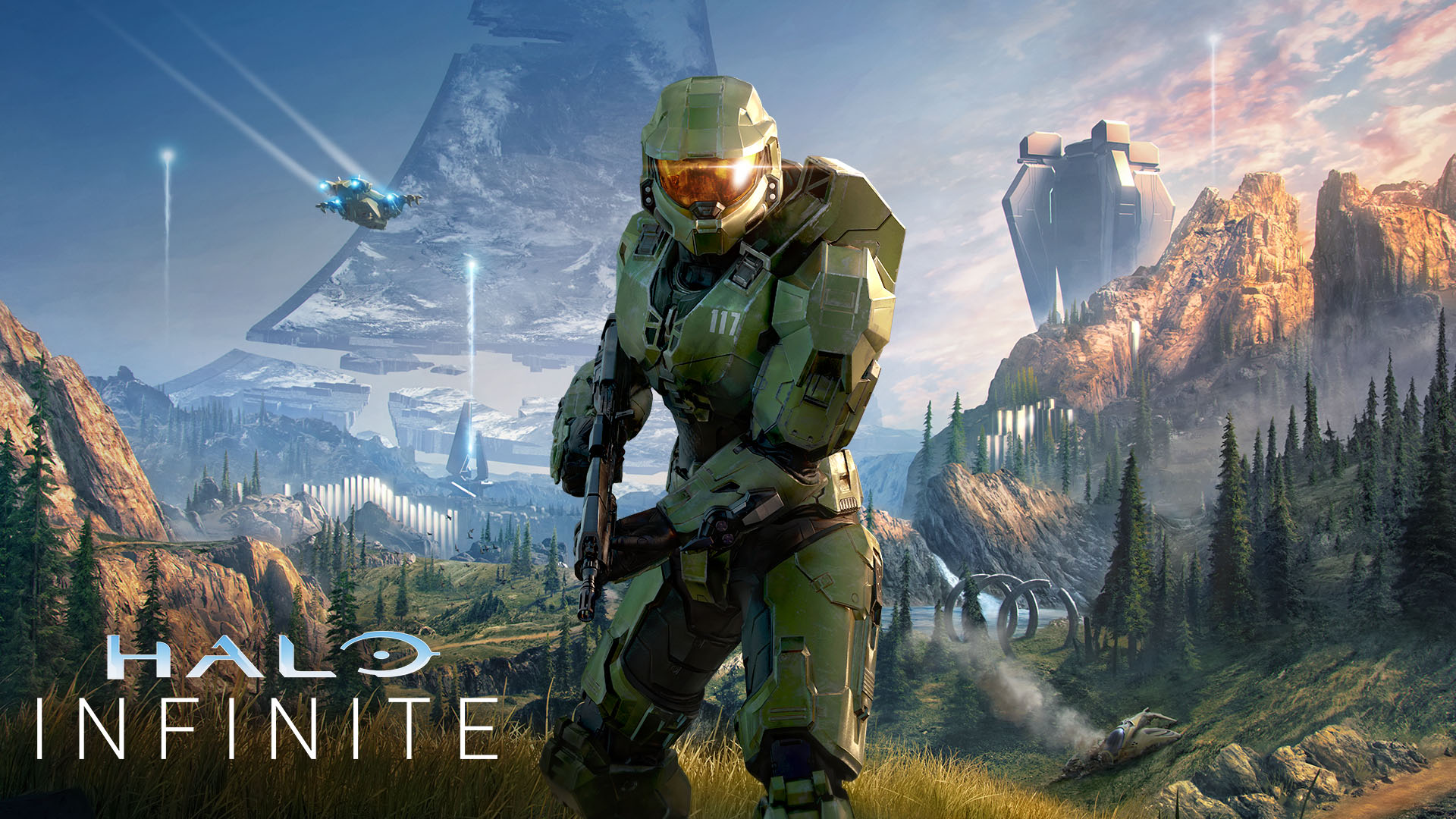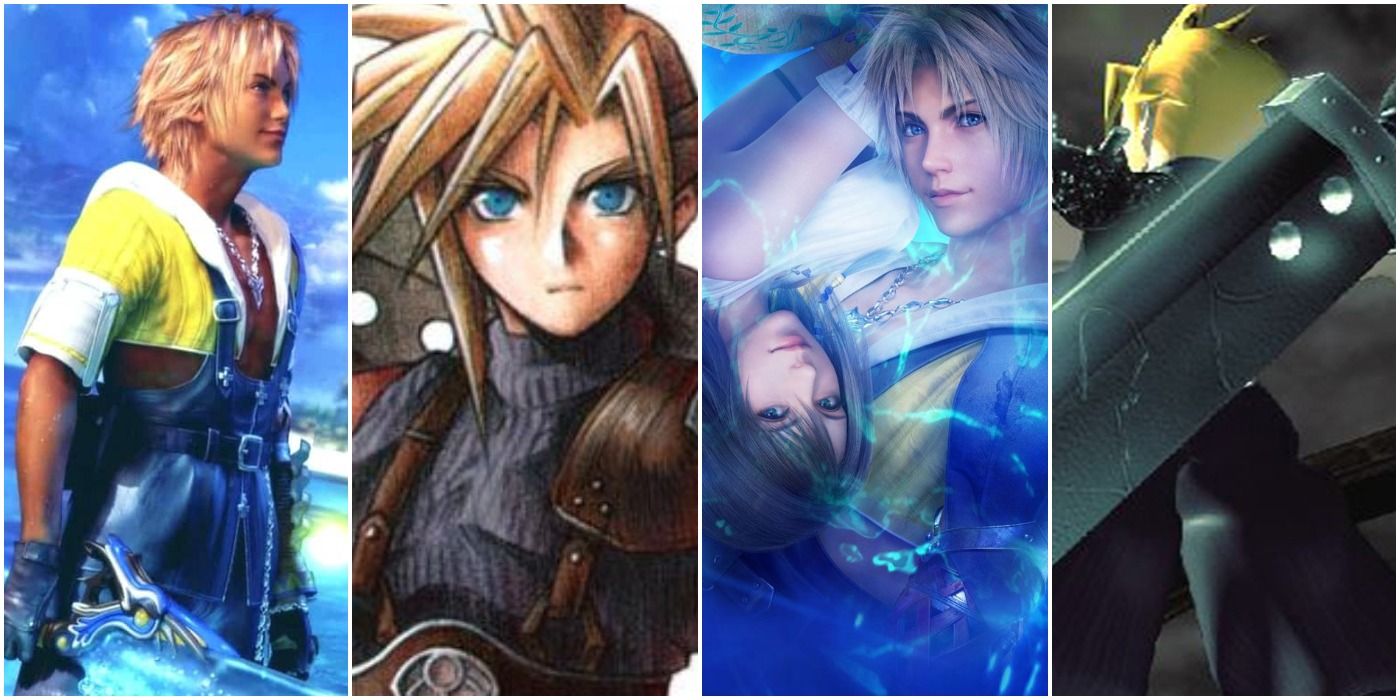
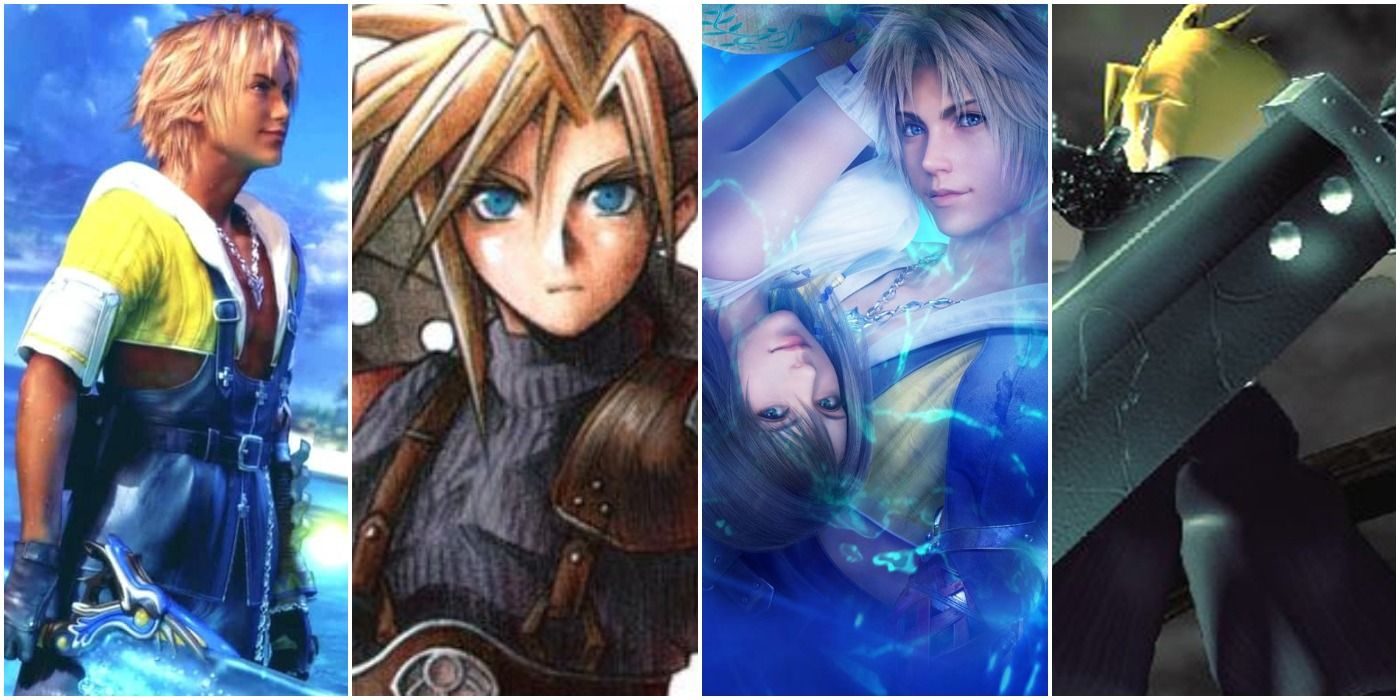
One of the longest-going debates in the Final Fantasy franchise is which game is better than VII. While many fans have their own favorites over the course of fifteen mainline games — and tons of spinoffs — VII stands as the popular favorite. Not only was it the most successful game in the series but the most popular as a result.
RELATED: 10 Games To Play If You Love The Final Fantasy 7 Remake On PS4
When Square Enix released Final Fantasy X in 2001, it brought in an all-new era of JRPGs. Released on the PlayStation 2, this title featured full voice acting, new battle system enhancements, and amazing cinematography. With that being said, this list will compare two of Square Enix’s colossal titles.
10 Final Fantasy VII – Shorter Cutscenes
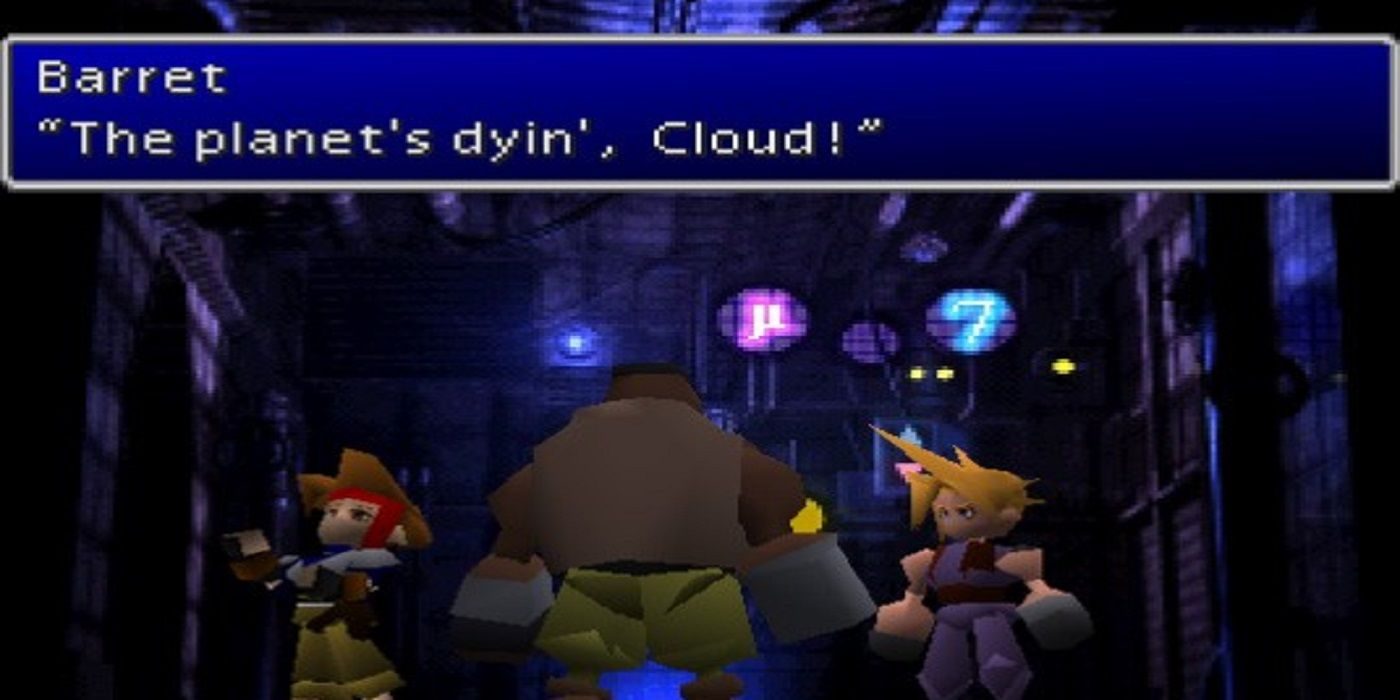
As a shorter game, Final Fantasy VII relied on text boxes without voice acting. These shorter cutscenes meant getting to the meat of the game faster. This was especially true for boss fights.
What made this especially important is the prevalence of long cutscenes in Final Fantasy X. This was bad because several difficult battles followed 5-minute cutscenes which could not be skipped. VII had neither the extremely difficult bosses in the main story nor did it have lengthy cutscenes to punish the player with.
9 Final Fantasy X – Visuals And Audio
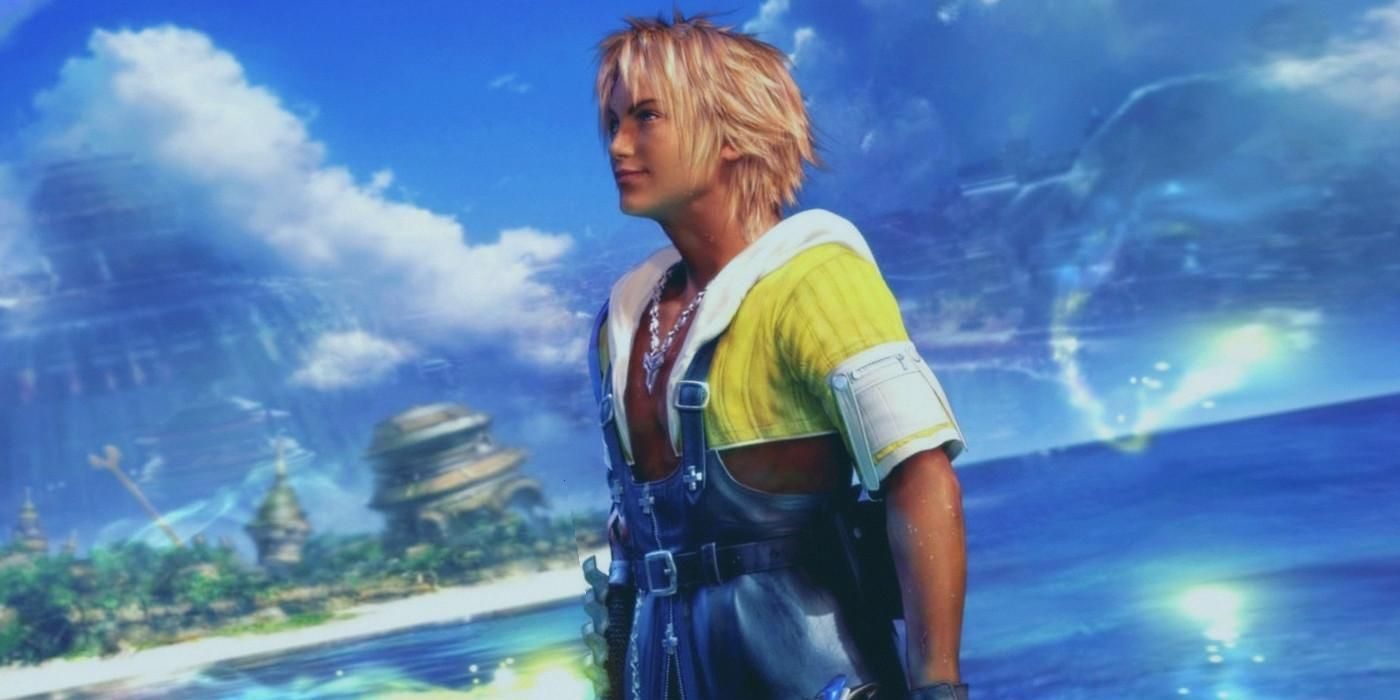
Right off the bat, Final Fantasy X looks better just for being released on a system a generation ahead of VII. However, even comparing their art styles, Final Fantasy X’s character models don’t look like the blocky mess that VII‘s were. X was detailed, more defined, and beautiful.
Even then, on its own merits, Final Fantasy X was still one of the best looking games for the PlayStation 2. The visual effects, battle animations, summons, backgrounds were some of the most gorgeous in gaming. The UI also featured a menu that looks more beautiful than the generic boxes of past games. Years later, the HD Remaster took the visuals one step further with a veritable upgrade.
8 Final Fantasy VII – Gold Saucer
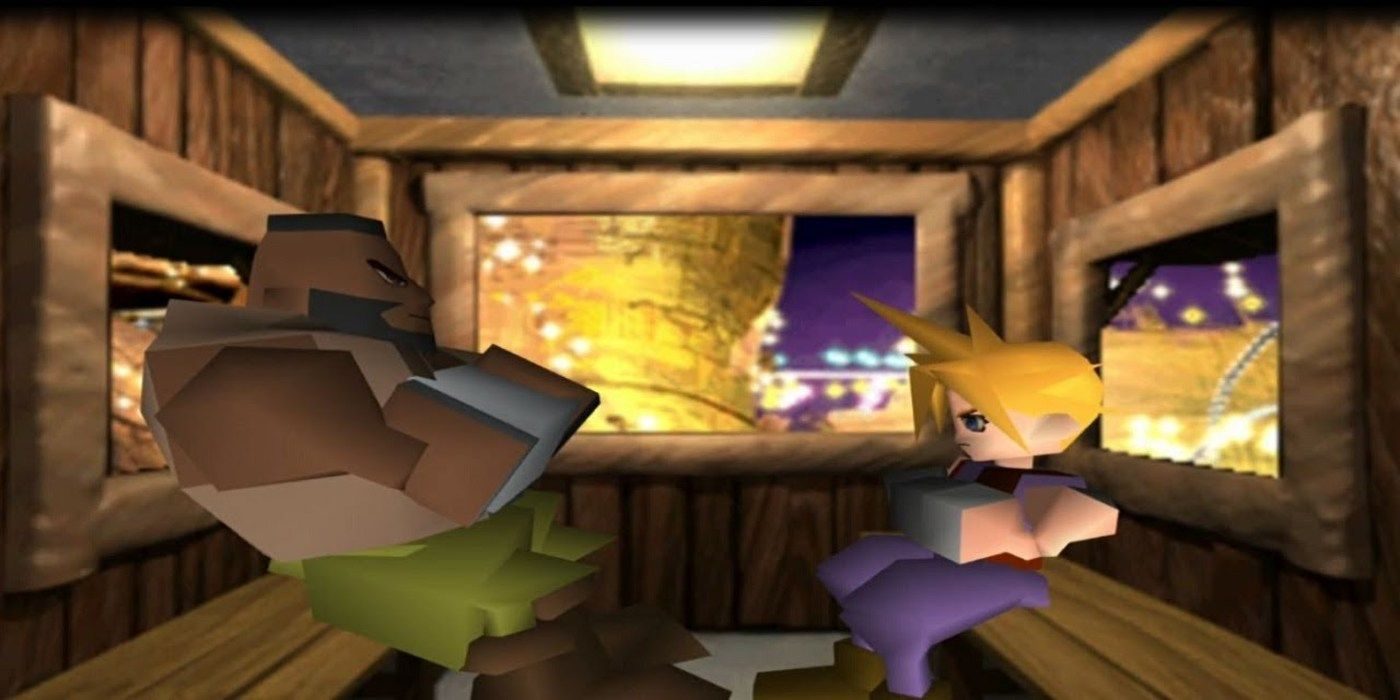
One of the key attributes of Final Fantasy VII is the Gold Saucer. This location featured a plethora of mini-games. Among them include Motorcycle and Snowboarding.
RELATED: 10 Games Square Enix Should Remake After Final Fantasy VII
These featured a way to rack up points or just kill time and change the pace. More JRPGs could certainly use mini-games done right, such as in Square’s previous release, Super Mario RPG: Legend of the Seven Stars.
7 Final Fantasy X – Battle System
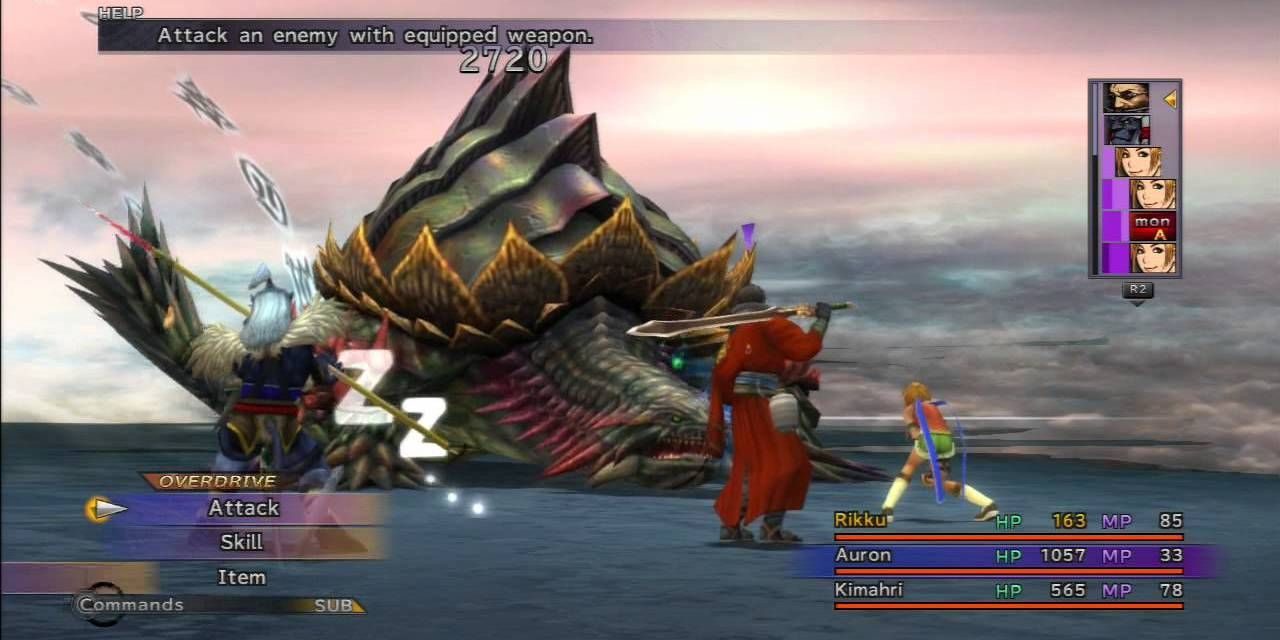
What separates Final Fantasy X from other entries includes the ability to play as Summons. When Yuna summons an Aeon, the player takes control of the Aeon’s abilities. This served a strategic purpose as well as gave the player a new, enjoyable method to play instead of just a glorified magic spell.
Final Fantasy X also placed emphasis on enemy weaknesses by adding the Water element. Plus, even with a 3-person party, players could switch members as needed. It also took a level of depth from debuffs such as Auron’s own Break skills.
6 Final Fantasy VII – More Balanced Difficulty Level
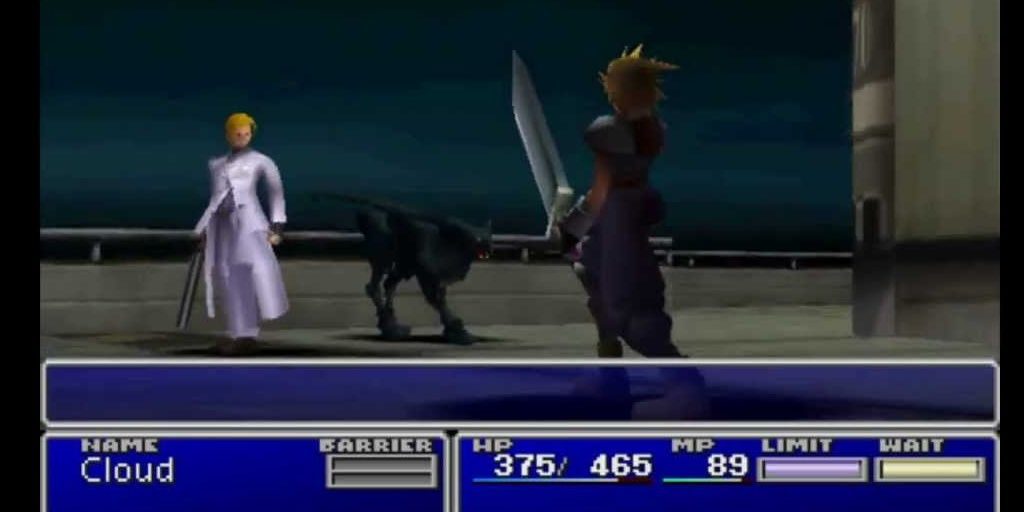
As mentioned earlier, Final Fantasy X suffered from having overly difficult bosses that followed lengthy cutscenes. In Final Fantasy VII, the game offered a fair and balanced challenge to the player. Even the optional bosses, barring the Emerald and Ruby Weapons, offered a challenge without being too punishing.
VII might even be considered fairly easy by normal JRPG standards. Enemy Skill Materia offered Magic Breath and Big Guard without committing the character to a class. The Materia setups were in the player’s hands and, as such, made bosses range from challenging to trivial.
5 Final Fantasy X – Touching Story
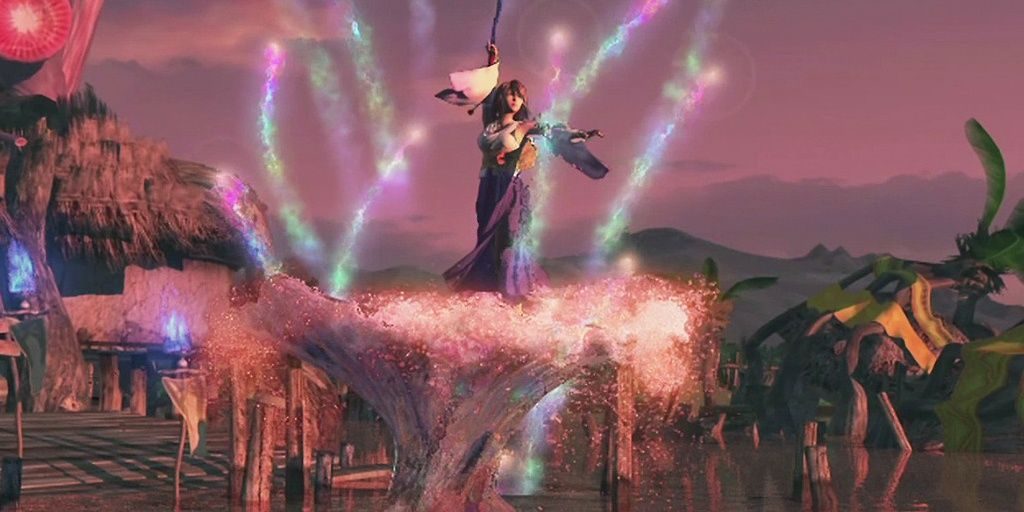
Final Fantasy VII‘s defining cutscene played at the end of Disc 1. While some players were attached to the game’s scene, it was perhaps the only standout tragedy. Final Fantasy X, however, was not afraid to tug at heartstrings throughout the game.
Final Fantasy X revealed devastating truths throughout its latter half. The entire game feels tragic once you learn the fates of key characters. With that being said, it isn’t an exaggeration to say that Final Fantasy X has one of the best endings in the series.
4 Final Fantasy VII – Better Villain Development
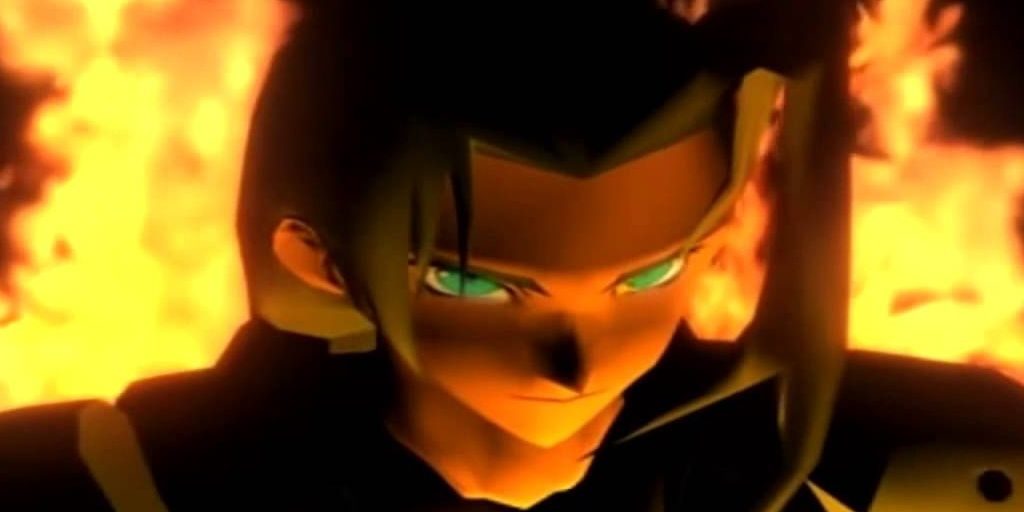
Final Fantasy VII featured key villains such as the Shinra Corp and Sephiroth. Shinra planned to take over the world with Mako while Sephiroth would destroy the world with Meteor. They were given plenty of screen-time.
RELATED: Final Fantasy X: The 5 Best Designed Characters (& 5 That Could Have Used More Work)
Final Fantasy X had Seymour who was far less popular than Sephiroth. The overarching villain, Sin, was more of a being or force of nature while guided by a vessel, so to speak. While that particular “villain” had his own development, the true, final evil appeared right at the very end. While it’s not uncommon to do this in series (see: Final Fantasy IX), Seymour and the final villain were less impactful than VII‘s own.
3 Final Fantasy X – Blitzball
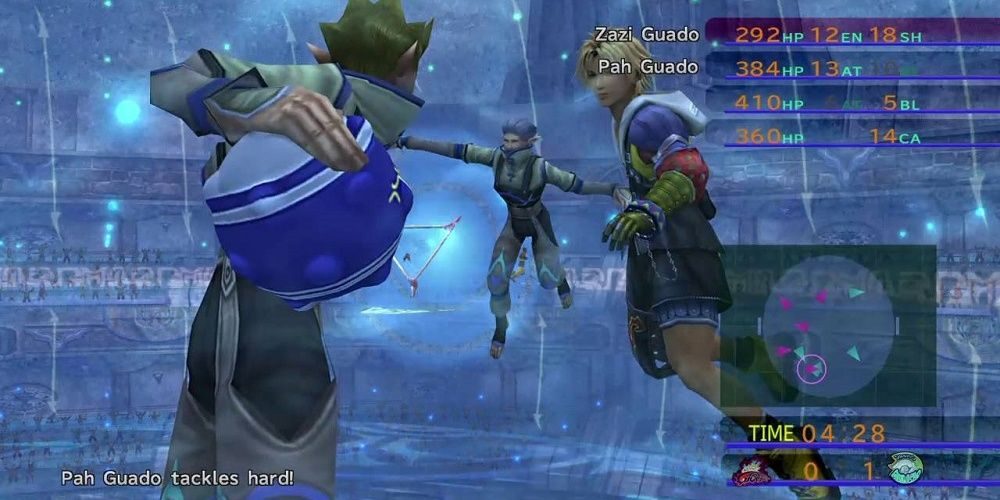
While Final Fantasy X doesn’t offer the plethora of the Gold Saucer’s mini-games, in exchange, it offers one big mini-game: Blitzball. This RPG/Sports hybrid features an underwater sort of soccer game where you level up characters and score points in a goal.
Blitzball was used as a story element which also featured in both Tidus and Wakka’s fighting styles. The Blitzball mini-game could also be used to unlock certain items and weapons. It’s honestly surprising that Square Enix never capitalized on it with multiplayer properties.
2 Final Fantasy VII – Revolutionary
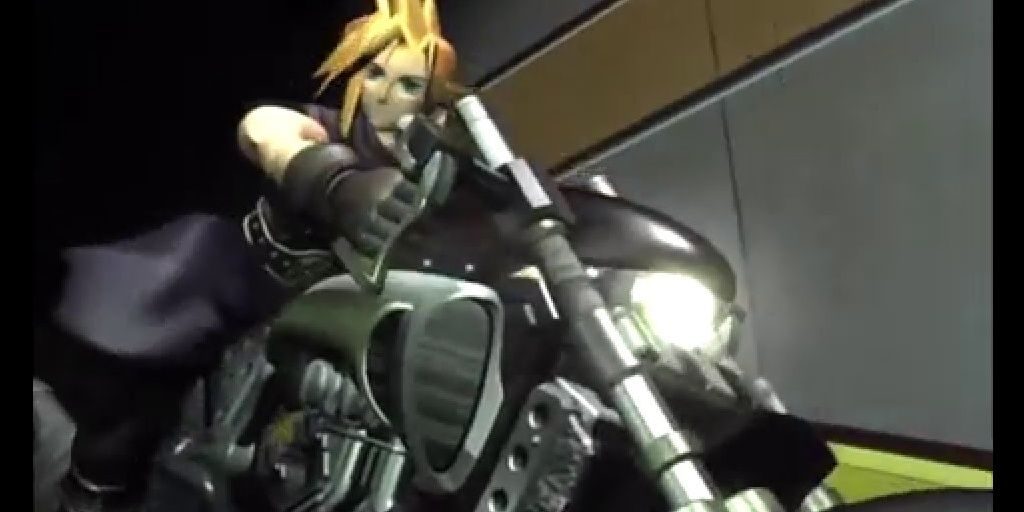
At the end of the day, Final Fantasy VII holds the candle for daring to go beyond. The FMV cinematics trail-blazed video game development and storytelling. It wasn’t afraid to showcase borderline M-rated violence such as the trails of blood left in Sephiroth’s wake.
VII introduced a large portion of the western audience to JRPGs. The cinematography, action, battle system, and characters made a revolutionary impact on gaming. It goes without saying why its history stayed with it 23 years later when all of its fans clamored for the remake on PS4.
1 Final Fantasy X – Cinematics
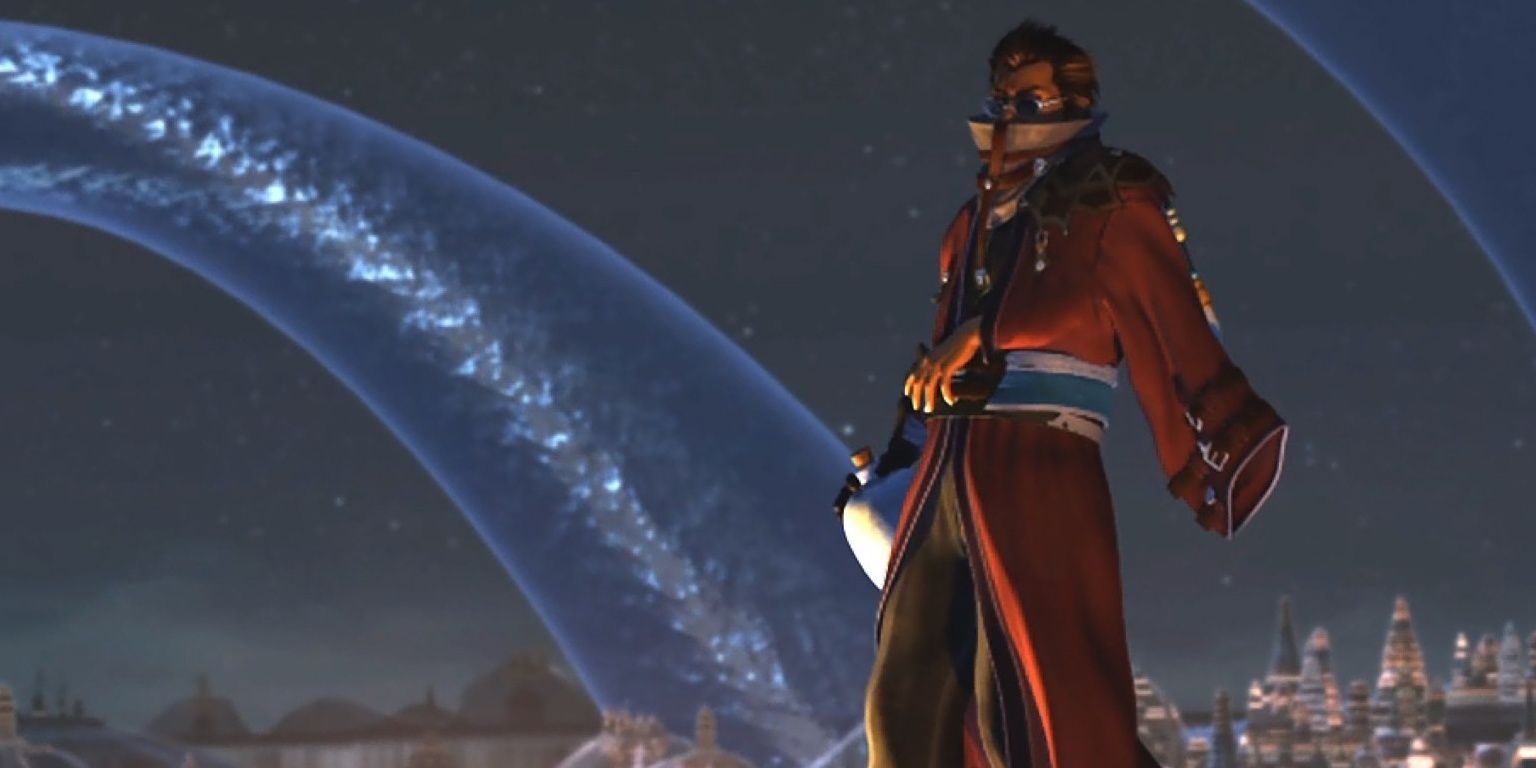
Despite VII pioneering CGI design in JRPG cutscenes, Final Fantasy X perfected the formula. The cutscenes told longer stories of the characters at various angles. Even without CGI, Final Fantasy X‘s own cutscene design was superior.
What makes it noteworthy is both are still considered among the best JRPGs of all time. Final Fantasy X‘s pushed that level in JRPGs in a way that broke through the limitations of the PS1 Final Fantasy trilogy. Just the grandiosity of Sin alone, showcased in the game’s opening, spoke volumes of what the game was capable of.
NEXT: 5 Ways Chrono Trigger Was Square’s Best RPG (& 5 Ways It’s Final Fantasy 7)

